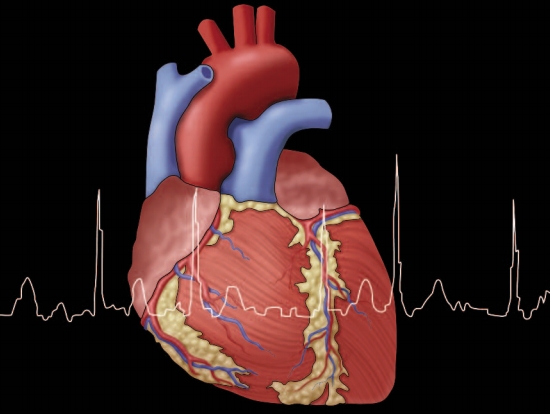Atrial fibrillation (AF) is the commonest sustained cardiac arrhythmia, and has a significant impact on morbidity and mortality. Treatment is tailored to the individual. This article will review the rhythm-management strategies for patients with atrial fibrillation, and discuss the roles of secondary and tertiary care.























